Yang Ta-chi is a third generation overseas Chinese. His family was for decades in trade with New Zealand, but he and his relatives in China were caught up in the whirlwind of mainland China in 1949. They lost everything. His relatives were persecuted and had their property taken away, and he himself found his visit to China ending in precipitate flight to Hong Kong with nothing to his name except a small piece of jade given him by his grandmother. It doesn't sound like a very promising beginning for a success story, but it is this same Yang Ta-chi who contributed over nine hundred pieces of fine jade to the National Museum of History's "Four Thousand Years of Jade Work in China" this year, in which more than three thousand pieces were displayed, including fifty pieces of pre-Han Dynasty jade from another private collection.
Asked how he became a jade collector, Yang Ta-chi said that alone in Hong Kong, he found his memories of his family concentrated in the one piece of jade that remained to him. Little by little he began to collect. Then when the Cultural Revolution swept China, jade began to flood the Hong Kong market, most of it confiscated from persecuted Chinese families and sold by the communist government. Although only a junior clerk in a Hong Kong firm, Yang began buying. He made many mistakes, but as he read books on jade carving, shade, color, polish, place of origin and so on, he gradually became an expert. He frequented the jade shops, talked with other connoisseurs, and became a member of a jade club that meets Saturday afternoons to exchange information on jade appraisal and evaluation. Now famous, Yang has never bought in the international markets. "Many collectors want to buy at Sotheby's or other great European firms, but I do not own anything from such places. I believe that people who know enough about jade can purchase fine, not overpriced objects if they know enough about jade." Yang's only regret is that his children do not share his enthusiasm. He shakes his head and says, "They think the stuff is out of fashion."
Out of fashion indeed! Chinese love of jade has persisted for over four thousand years. Jade has served court after court for ritual objects, for ornaments, and for symbols of power. The Chinese worship jade so much that they believe there is something spiritual about it. The ancients arranged jade in caskets in the hope that it would keep the corpses from rotting and protect the dead from devils. Many people today believe that jade is "alive", and we certainly know that the stone reacts to body heat and natural chemicals in a way that changes the color and transparency of a piece.
Though jade work reached its highest development through court patronage, jade has won its way from being a symbol of nobility and sacredness to acceptance as a precious stone popular with people in all walks of life. Nowadays, to all who love this beautiful stone, it stands for the Confucian virtues of kindness, propriety, wisdom, bravery and justice.
[Picture Caption]
1. White jade brush washer, Ching Dynasty, used in calligraphy. 2. A girdle ornament named Pei-shi, with double dragon design, Chou Dynasty. 3. Yang Ta-chi, a Hong Kong collector for almost 30 years, has loaned the National Museum of History 900 pieces to make the successful exhibition possible. 4. An ornament with a fairy peach design. One of Yang Ta-chi's collected items. 5. Yang designed this wood setting to enhance the beauty of this jade pot.
1.-5. Among Yang Ta-chi's collections. 2. A jade ornament. 2.4. Belt fastener, used to fasten leather belt. 3. Brush hanger. 5. A yellow jade bottle with lid. Yang has donated this favorite piece of his to the Museum. 6. A jade with a dragon design, Chou Dynasty. This piece was originally used in rituals to appeal for rain, but it was also used as a clothing accessory. 7. A pendant in the shape of the mythological beast T'ien-lu. 8. A jade tribute piece to the Ching imperial court from Vietnam.
1. A jade disc called ts'ang-pi, for worshiping heaven, Han Dynasty. 2. Emerald-green jadeite archer's thumb-ring, Ching Dynasty. 3. A jade piece called Ai, Chou Dynasty. It was worn by the retinue of the emperor to escort the emperor upstairs. 4. A tablet held by officials during imperial audiences. 5. White jade double-square seal, Ching Dynasty. 6. A jade swallow, Shang Dynasty. Swallow shaped ornaments were often buried with the dead. The migratory birds were known for marital faithfulness.
1. Quicksilver-permeated jade cylinder, Chou Dynasty. This vessel was used in rituals worshipping the Earth. 2. Jade hoops for pulling bowstrings, Chou Dynasty. Such hoops were also used as a symbol of authority by the emperor. 3. Jade pig, buried in caskets with the dead. 4. Arch-shaped girdle ornament. When worn it causes a noise, said to warn gentlemen to behave. 5. Jade scabbard decoration. One could also thread the hole in the middle with a leather string, and wear the piece on the body. 6. Also a jade scabbard.
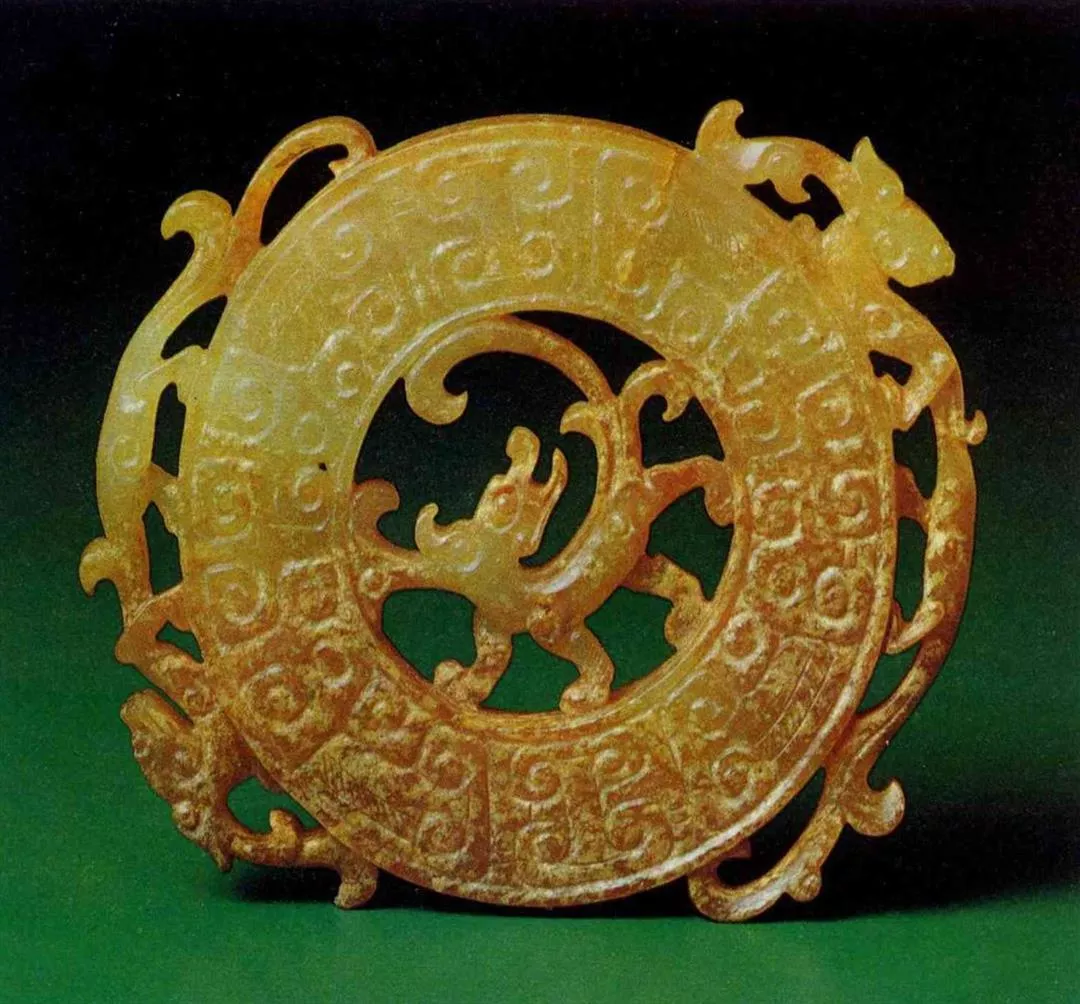
A girdle ornament named Pei-shi, with double dragon design, Chou Dynasty.
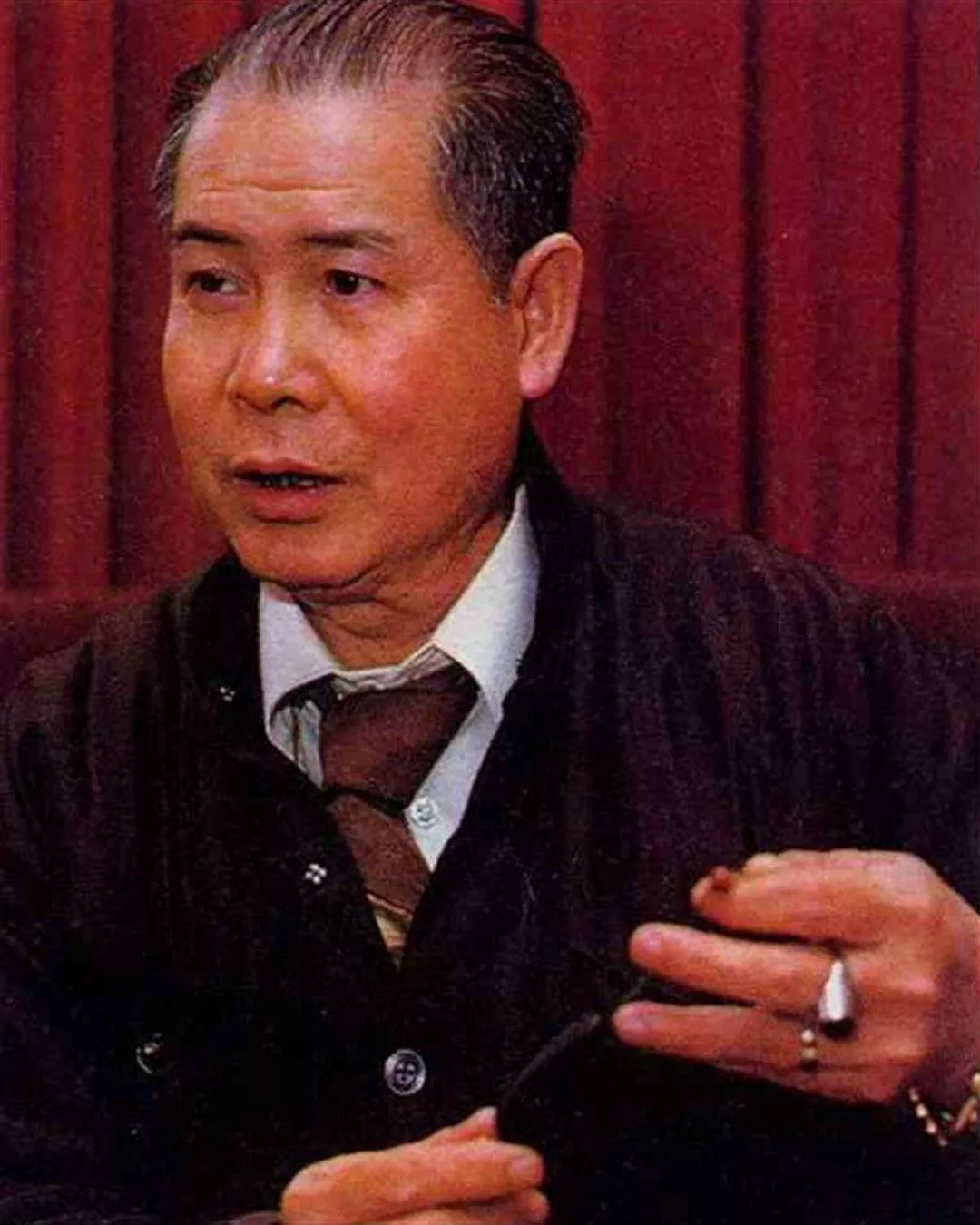
Yang Ta-chi, a Hong Kong collector for almost 30 years, has loaned the National Museum of History 900 pieces to make the successful exhibition possible.
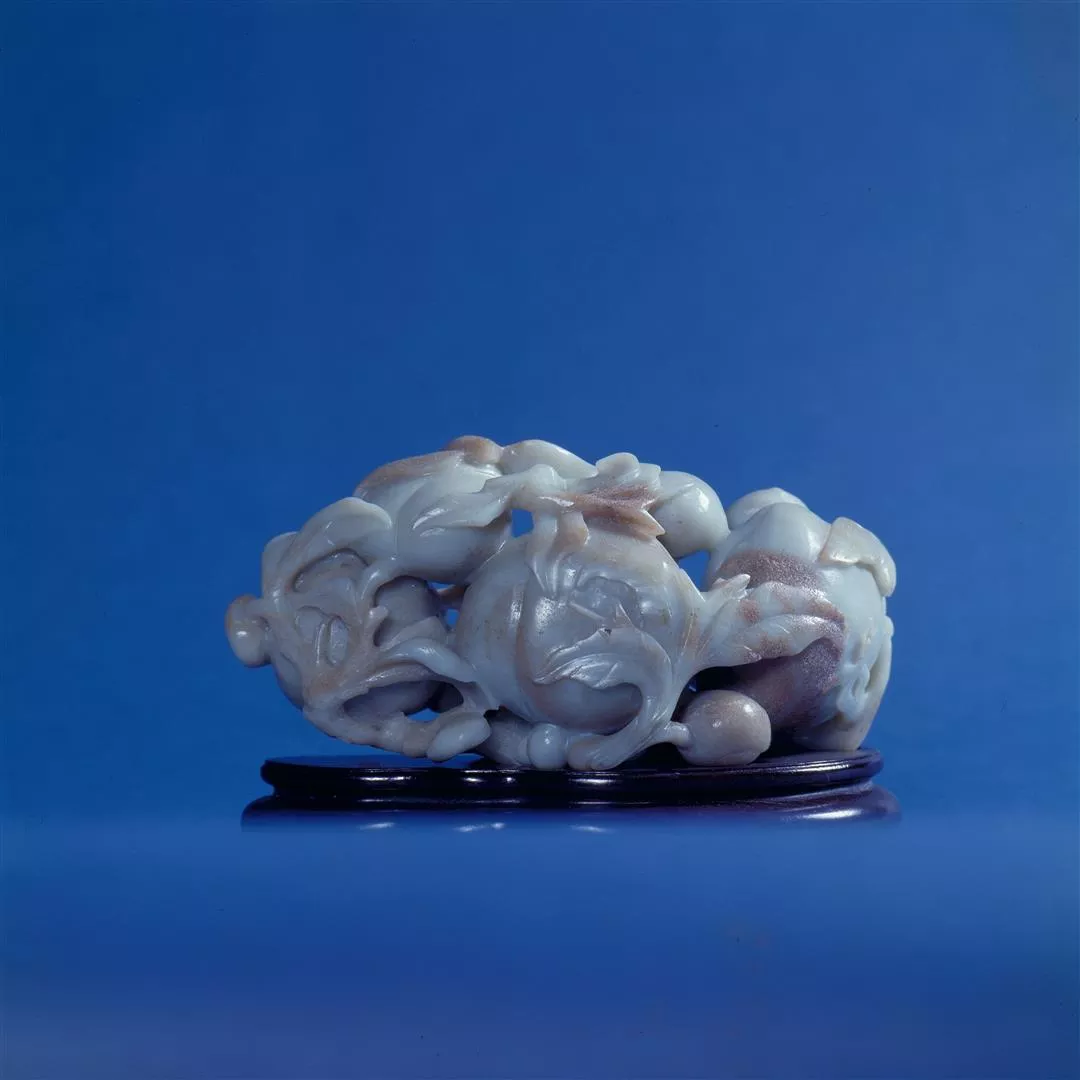
An ornament with a fairy peach design. One of Yang Ta-chi's collected items.
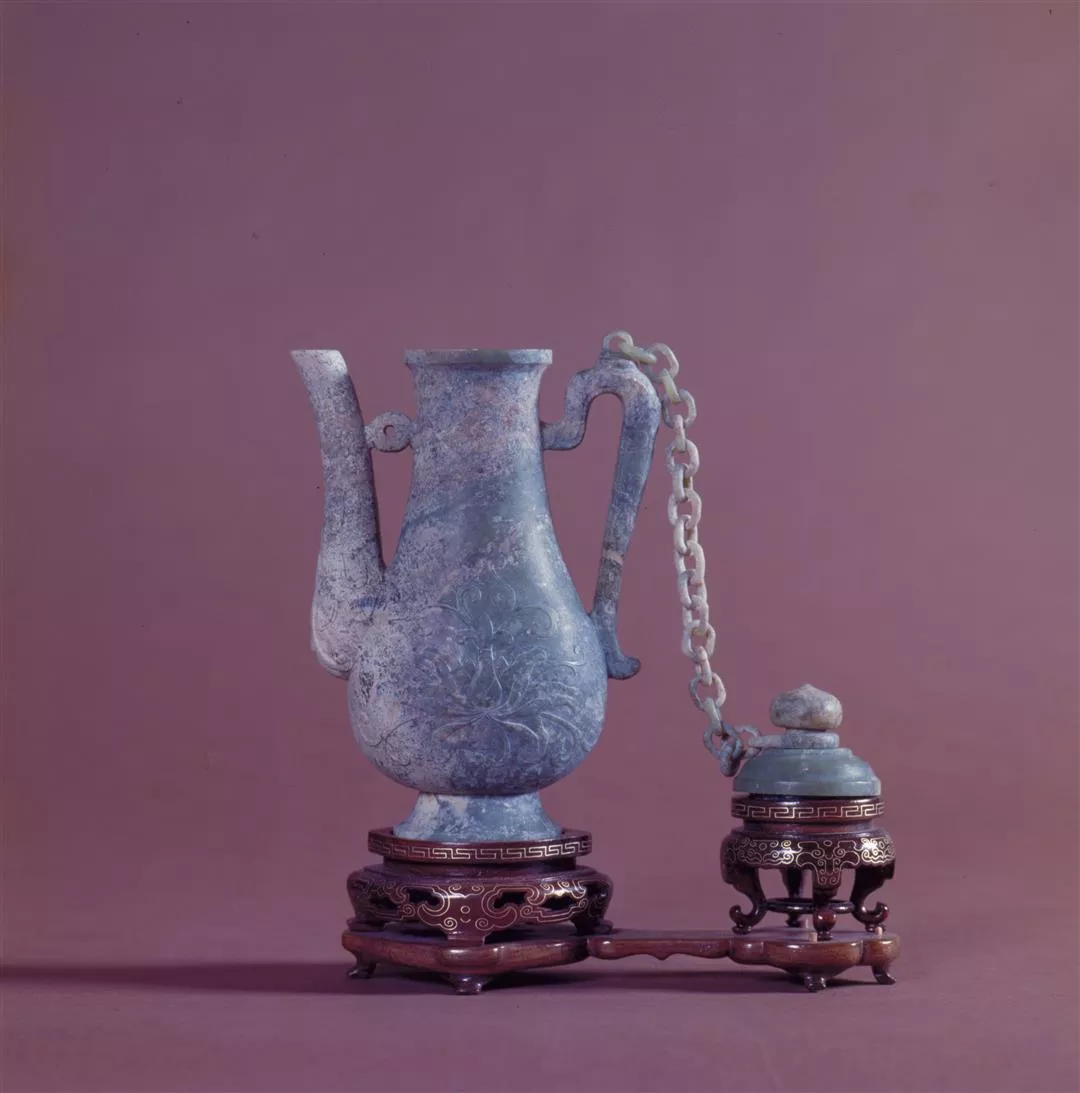
Yang designed this wood setting to enhance the beauty of this jade pot.
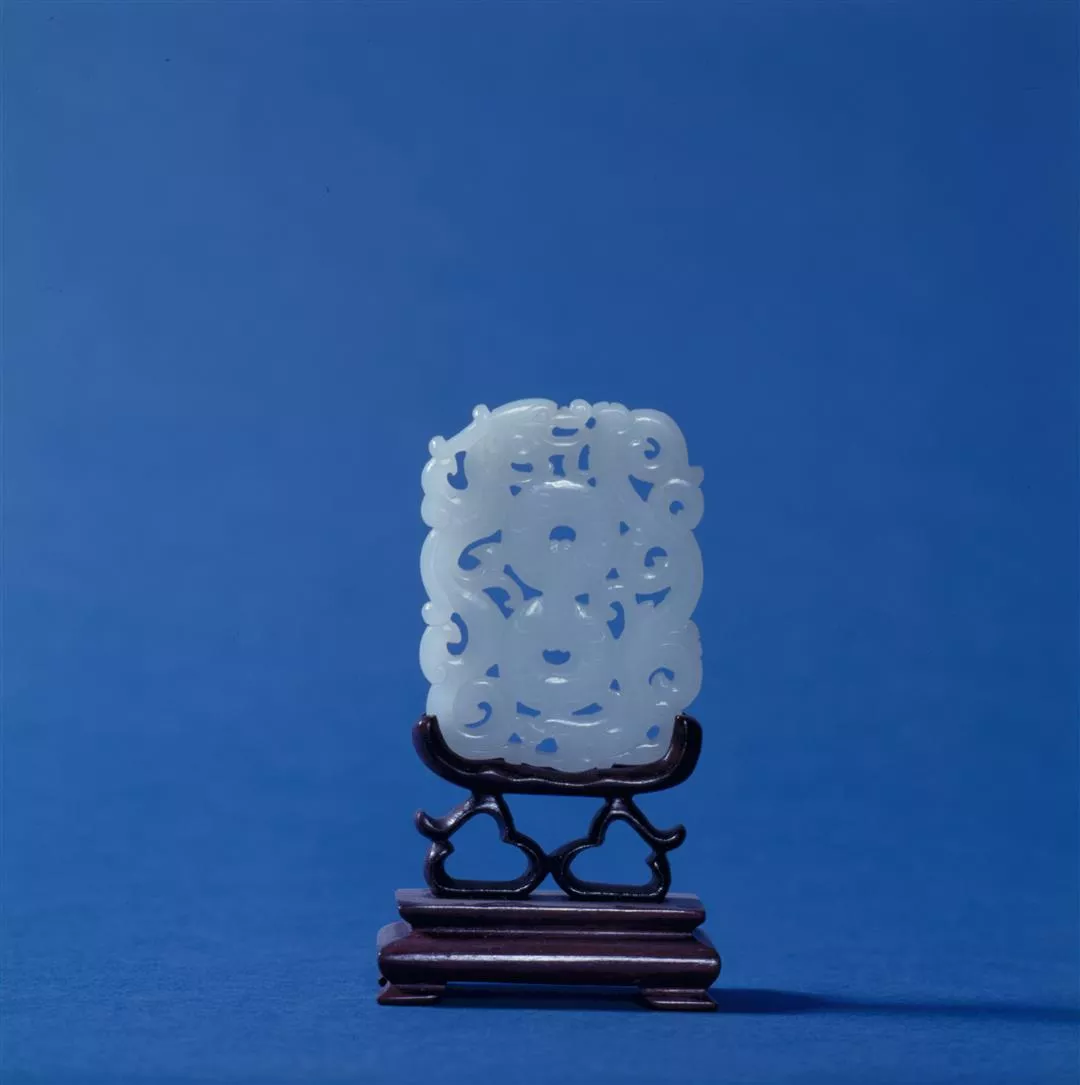
Among Yang Ta-chi's collections.
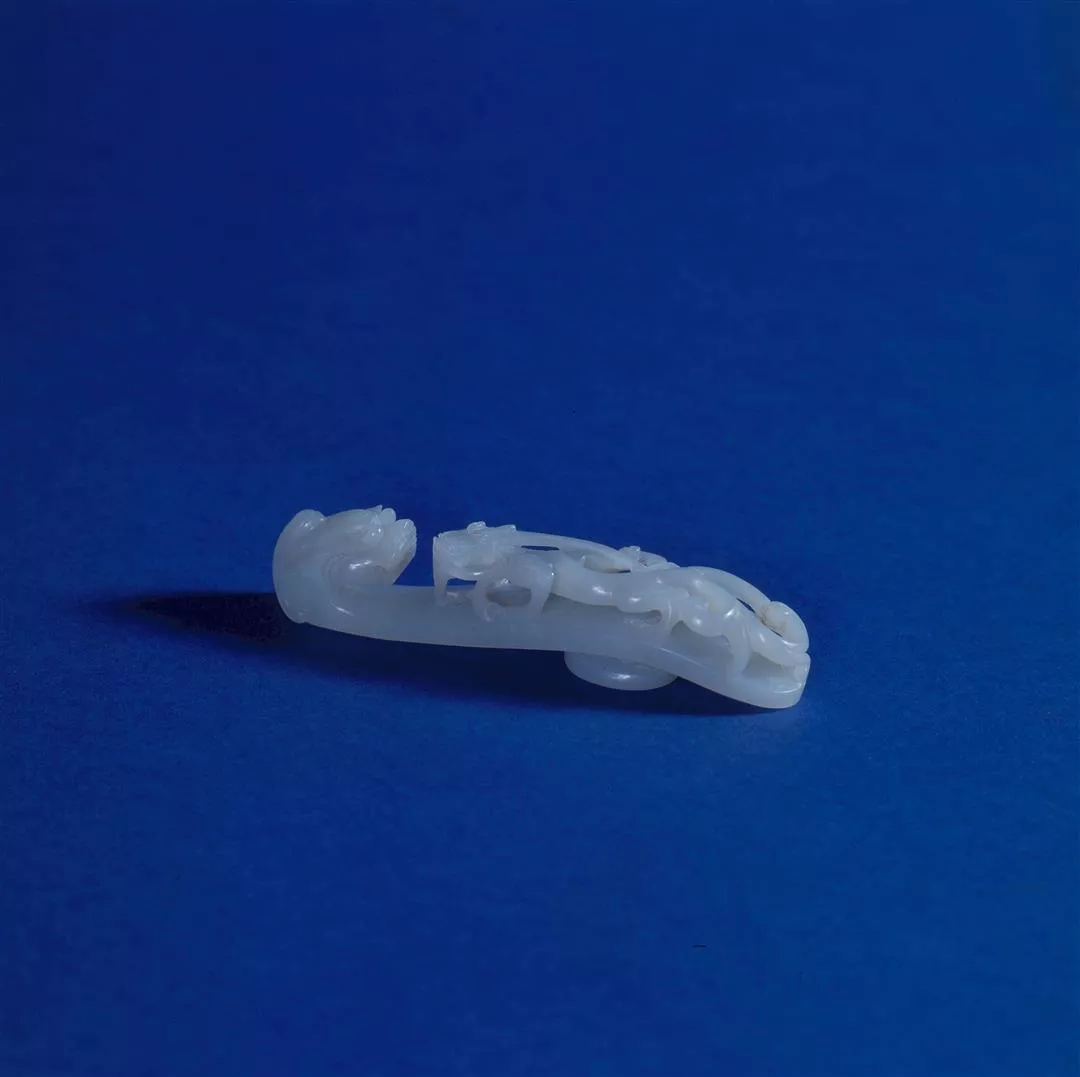
Belt fastener, used to fasten leather belt.

Belt fastener, used to fasten leather belt.
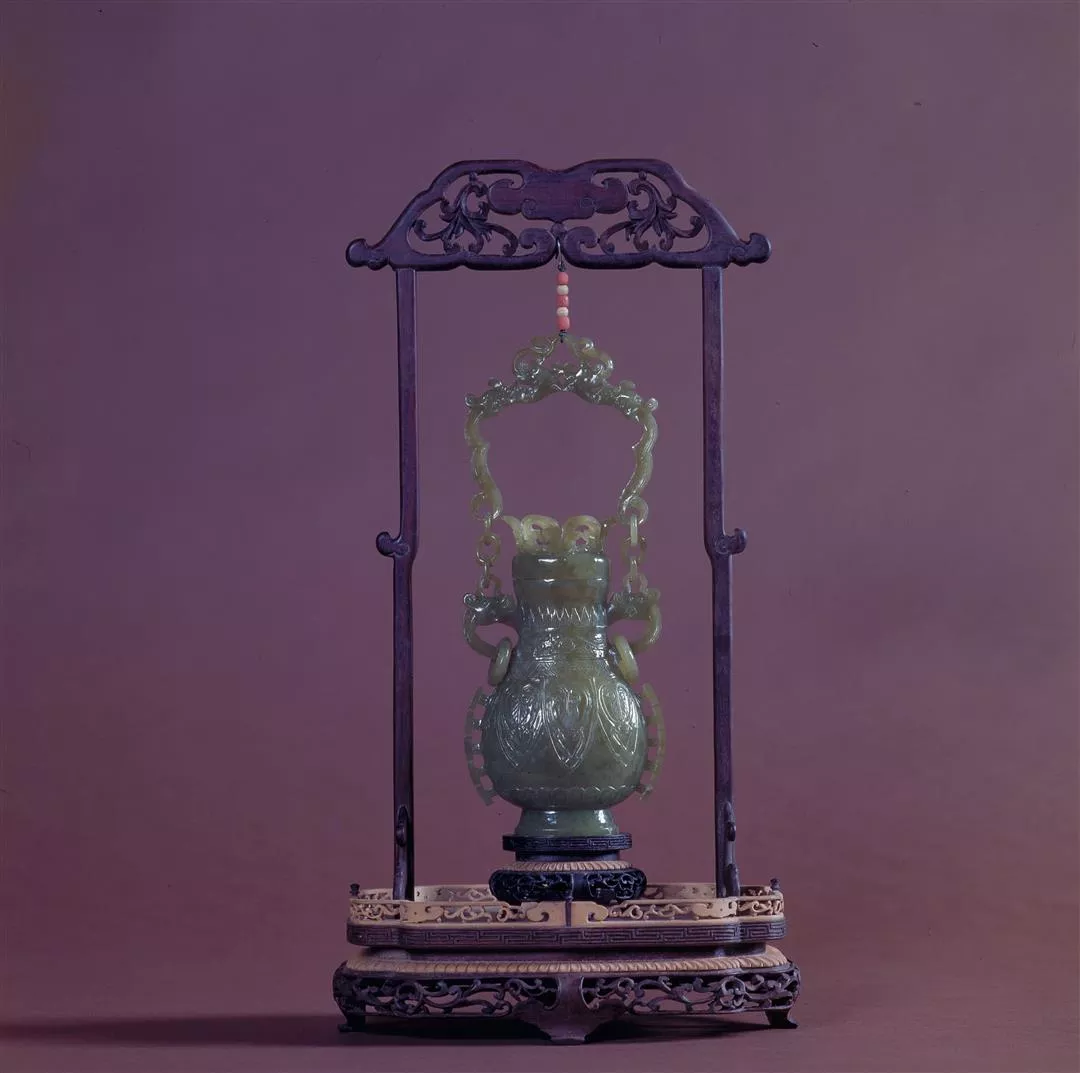
A yellow jade bottle with lid. Yang has donated this favorite piece of his to the Museum.
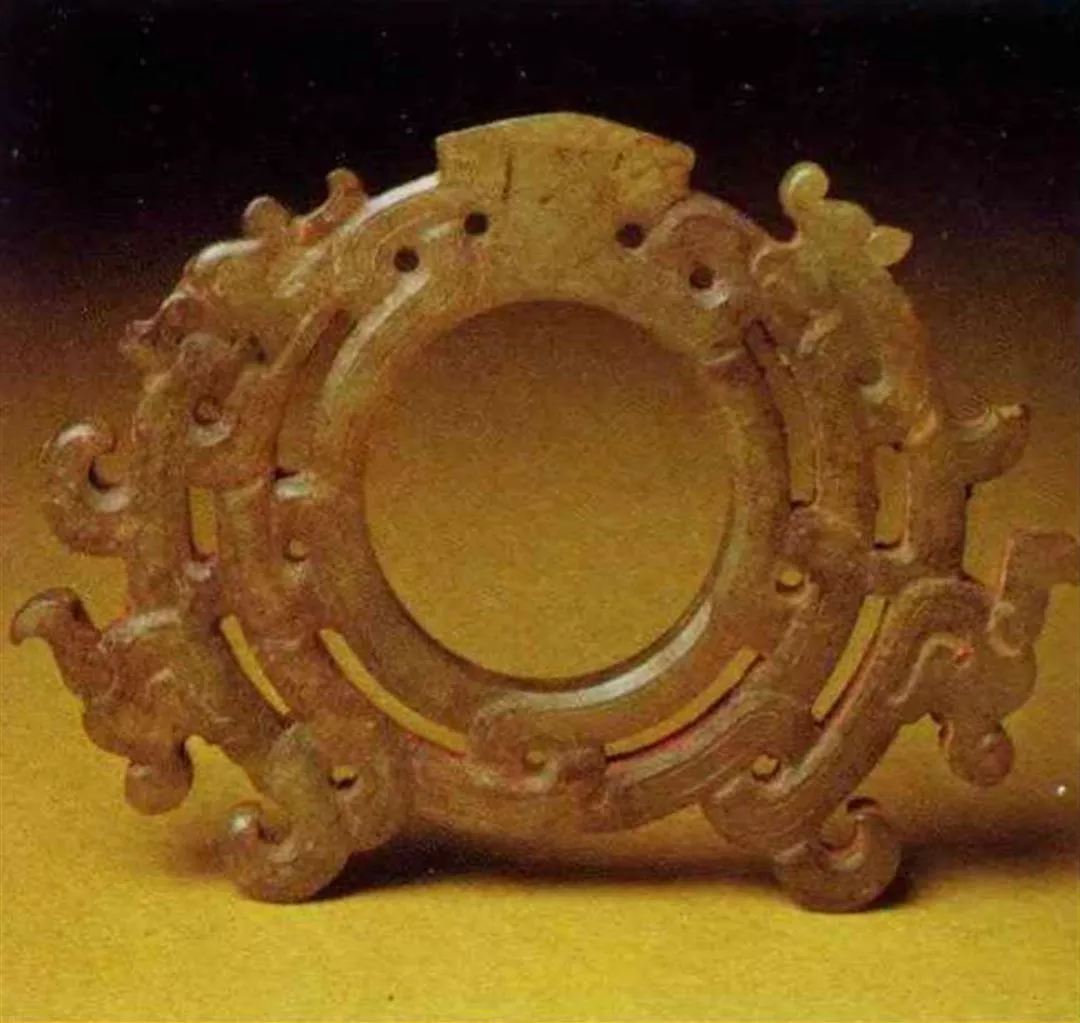
A jade with a dragon design, Chou Dynasty. This piece was originally used in rituals to appeal for rain, but it was also used as a clothing accessory.
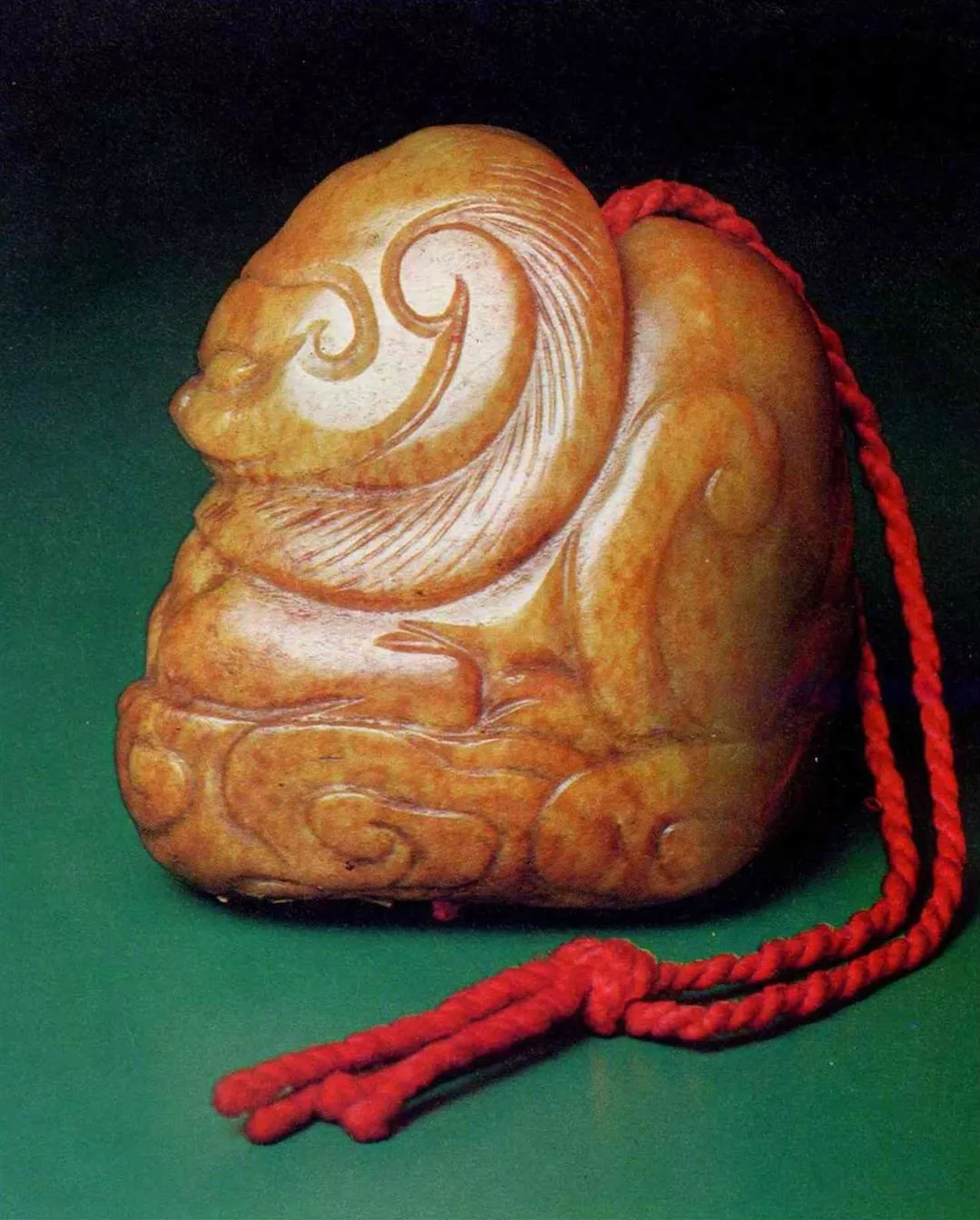
A pendant in the shape of the mythological beast T'ien-lu.
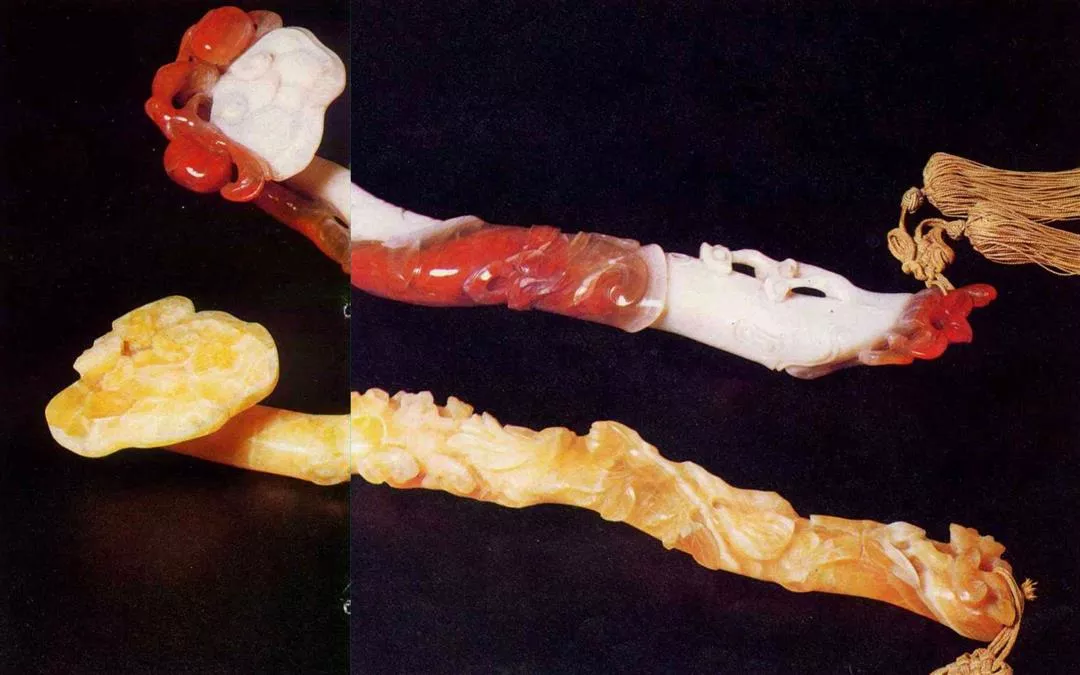
A jade tribute piece to the Ching imperial court from Vietnam.
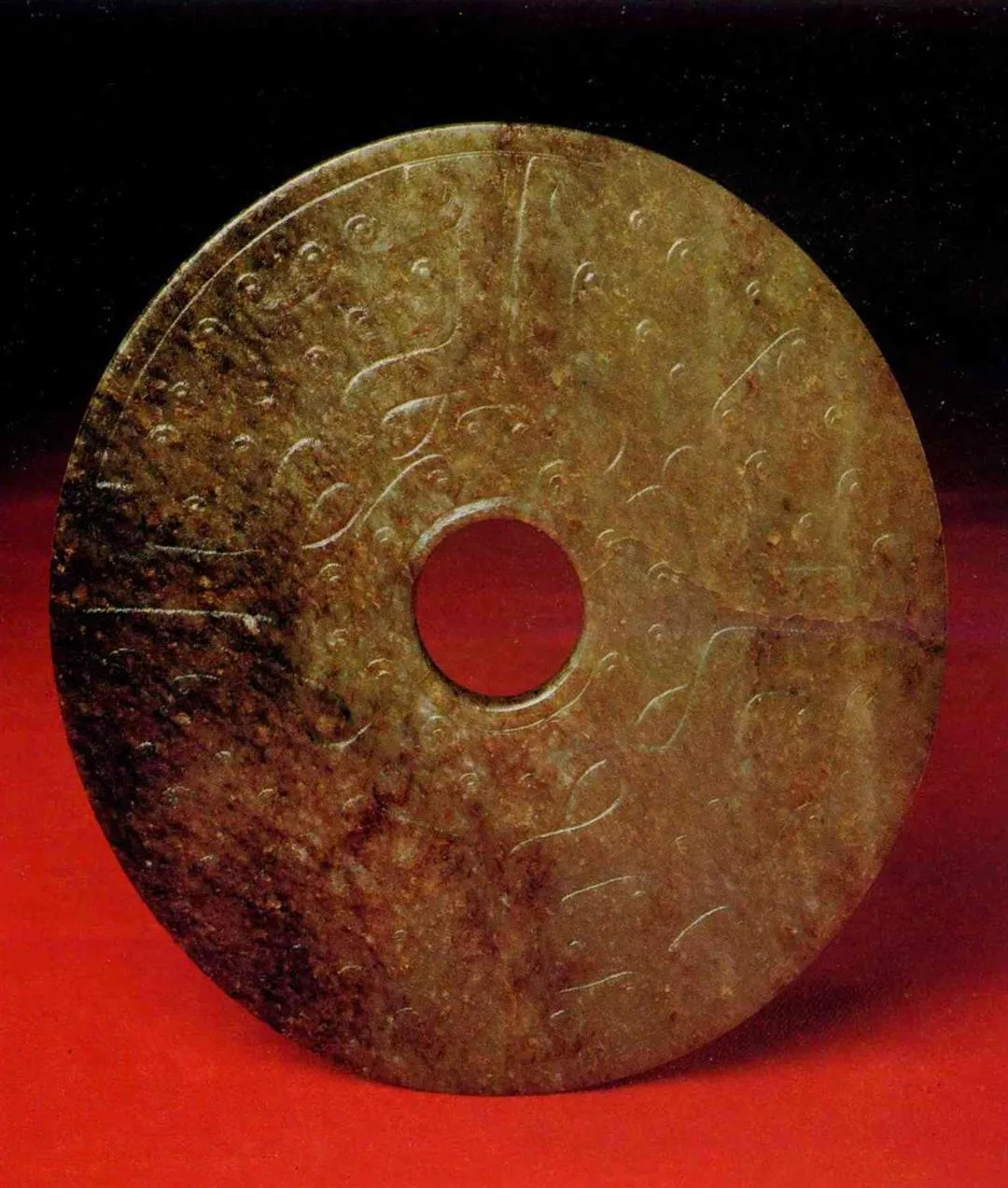
A jade disc called ts'ang-pi, for worshiping heaven, Han Dynasty.
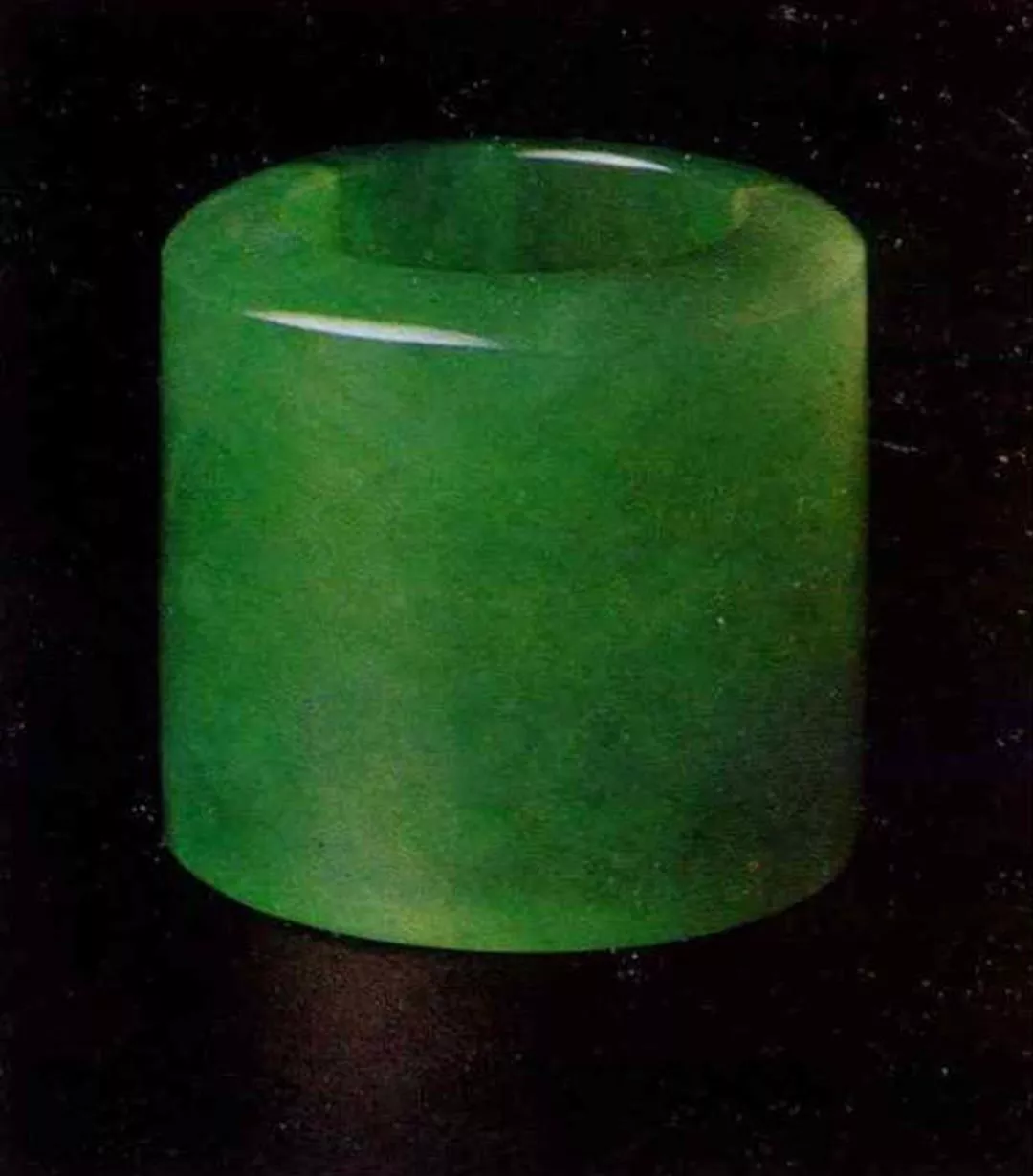
Emerald-green jadeite archer's thumb-ring, Ching Dynasty.
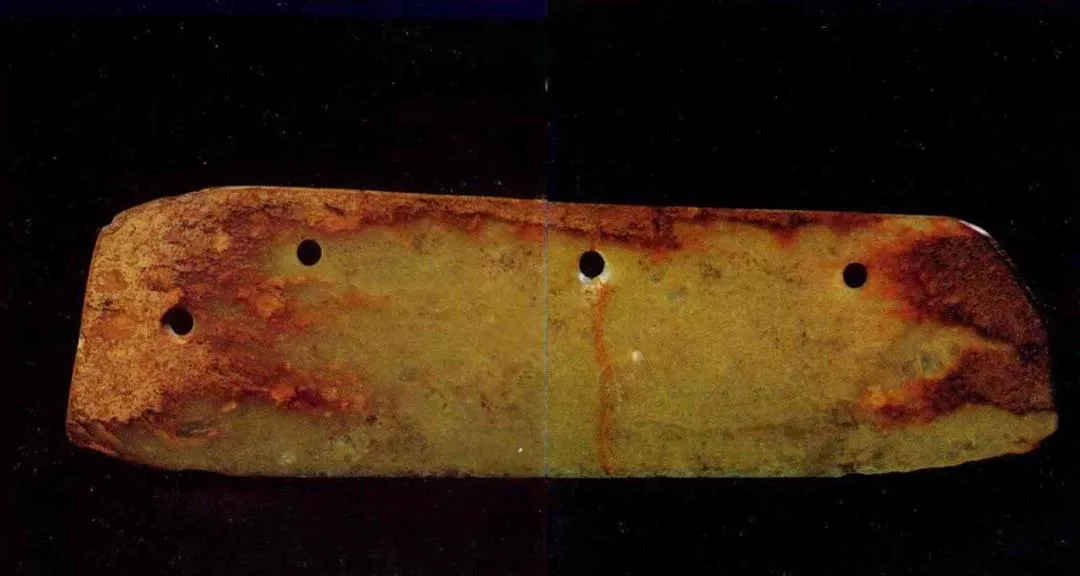
A tablet held by officials during imperial audiences.
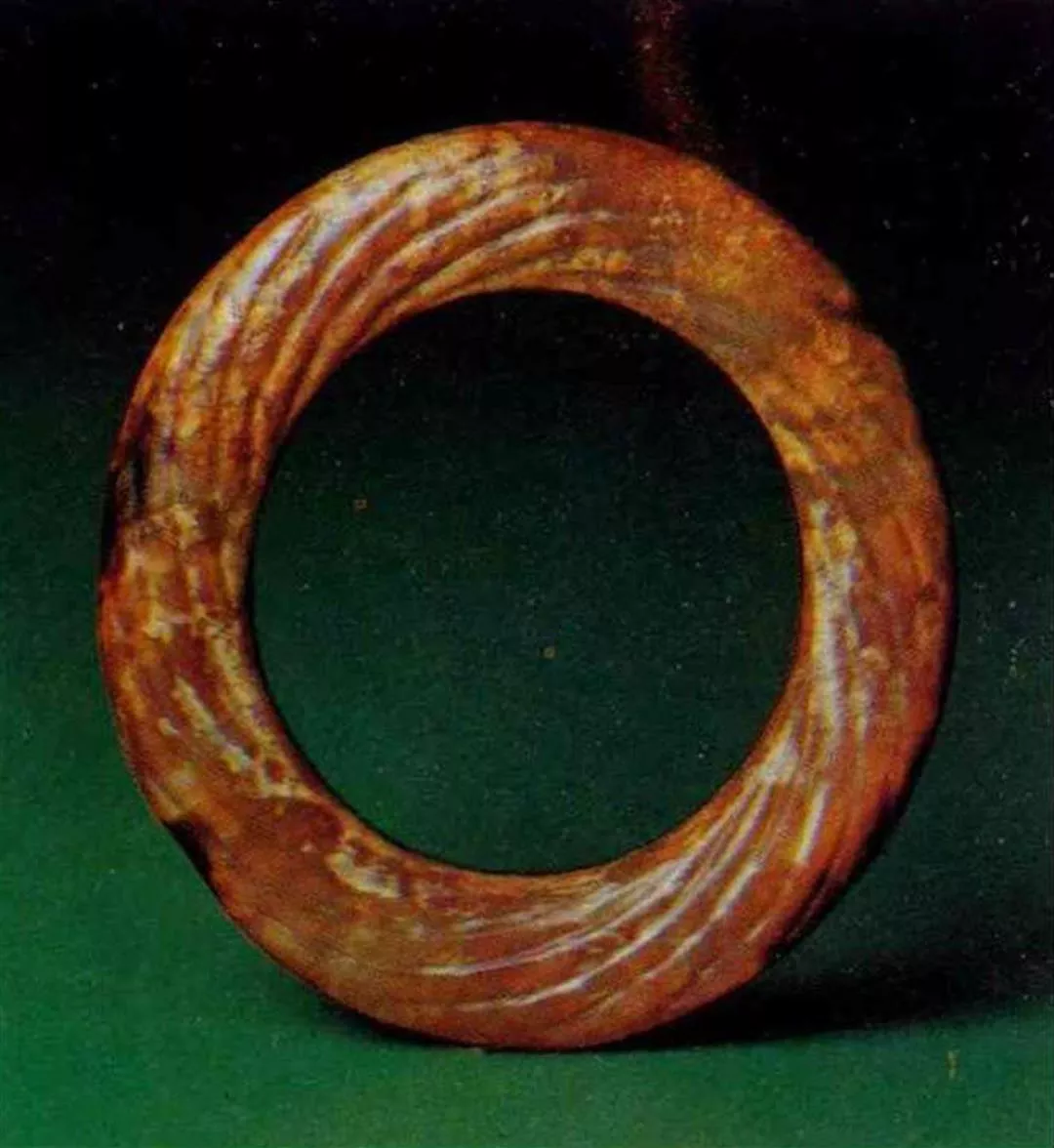
A jade piece called Ai, Chou Dynasty. It was worn by the retinue of the emperor to escort the emperor upstairs.
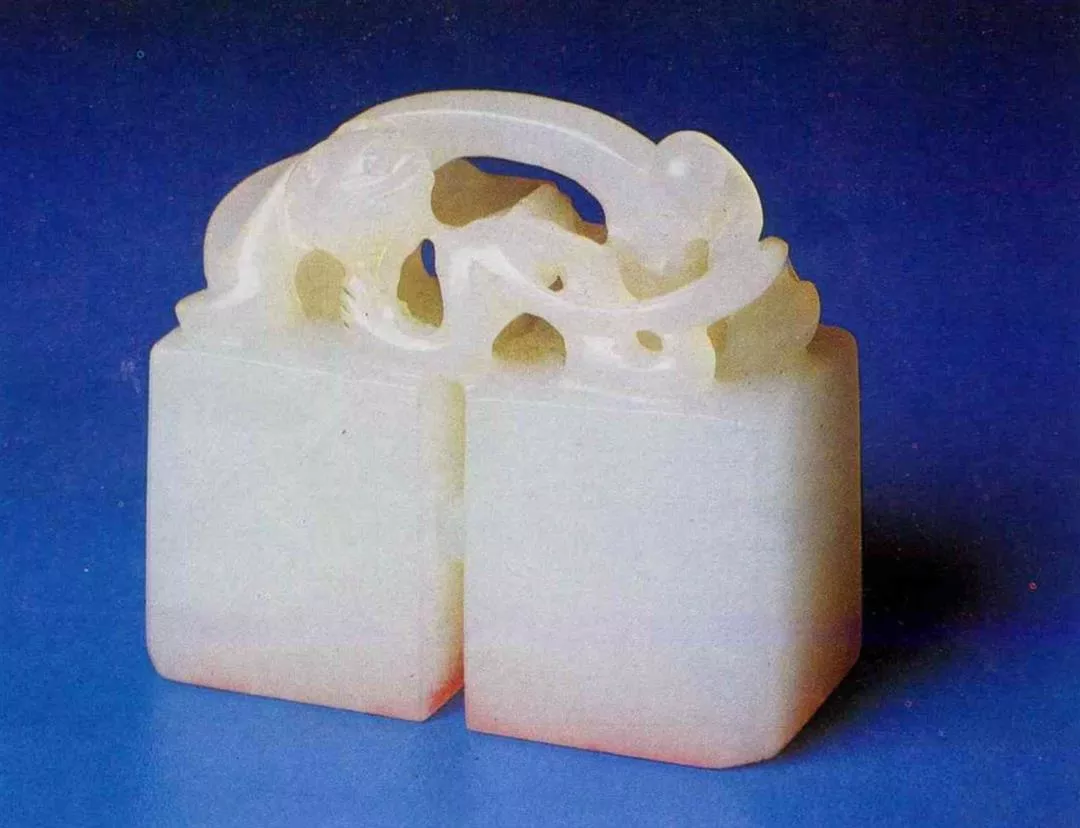
White jade double-square seal, Ching Dynasty.
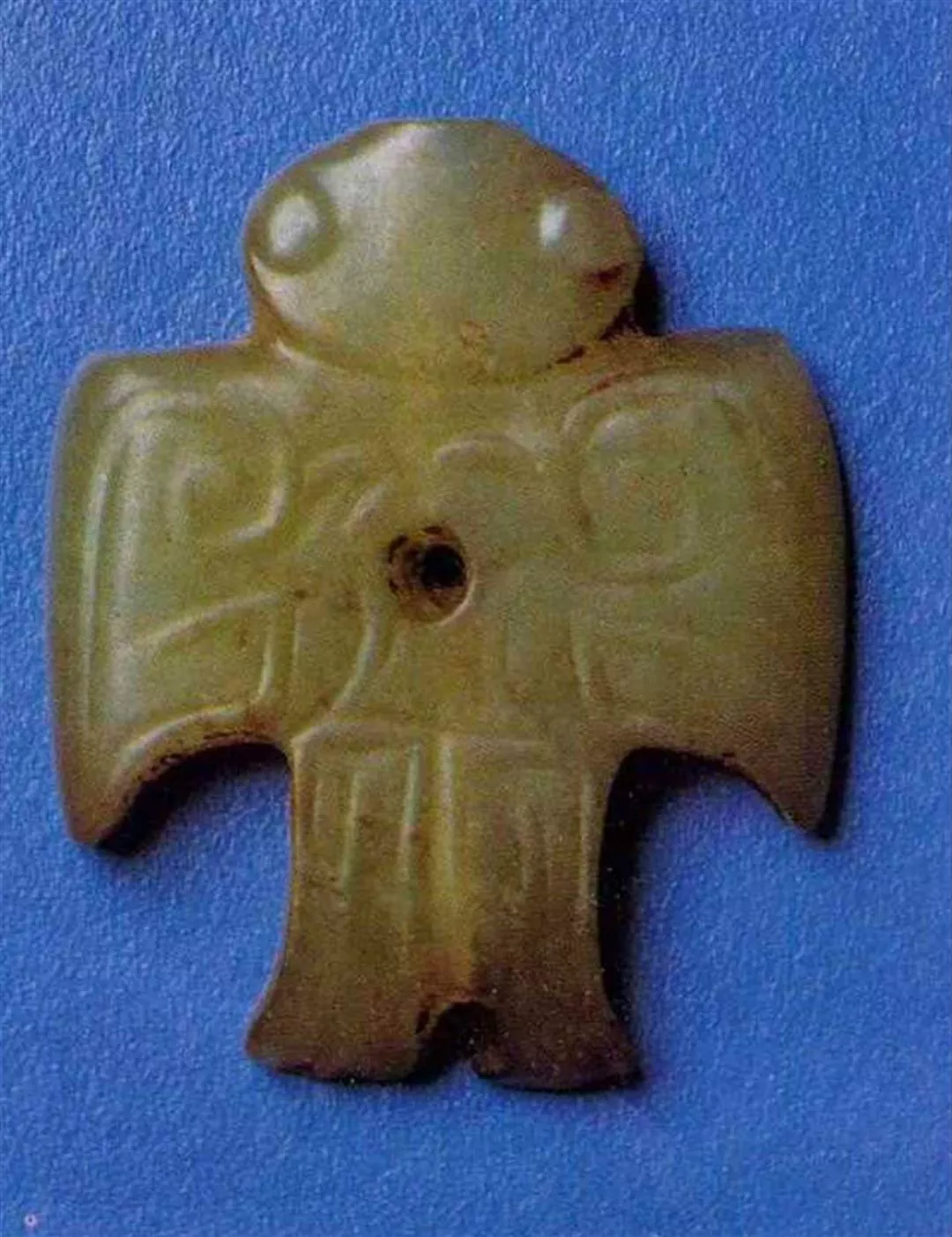
A jade swallow, Shang Dynasty. Swallow shaped ornaments were often buried with the dead. The migratory birds were known for marital faithfulness.
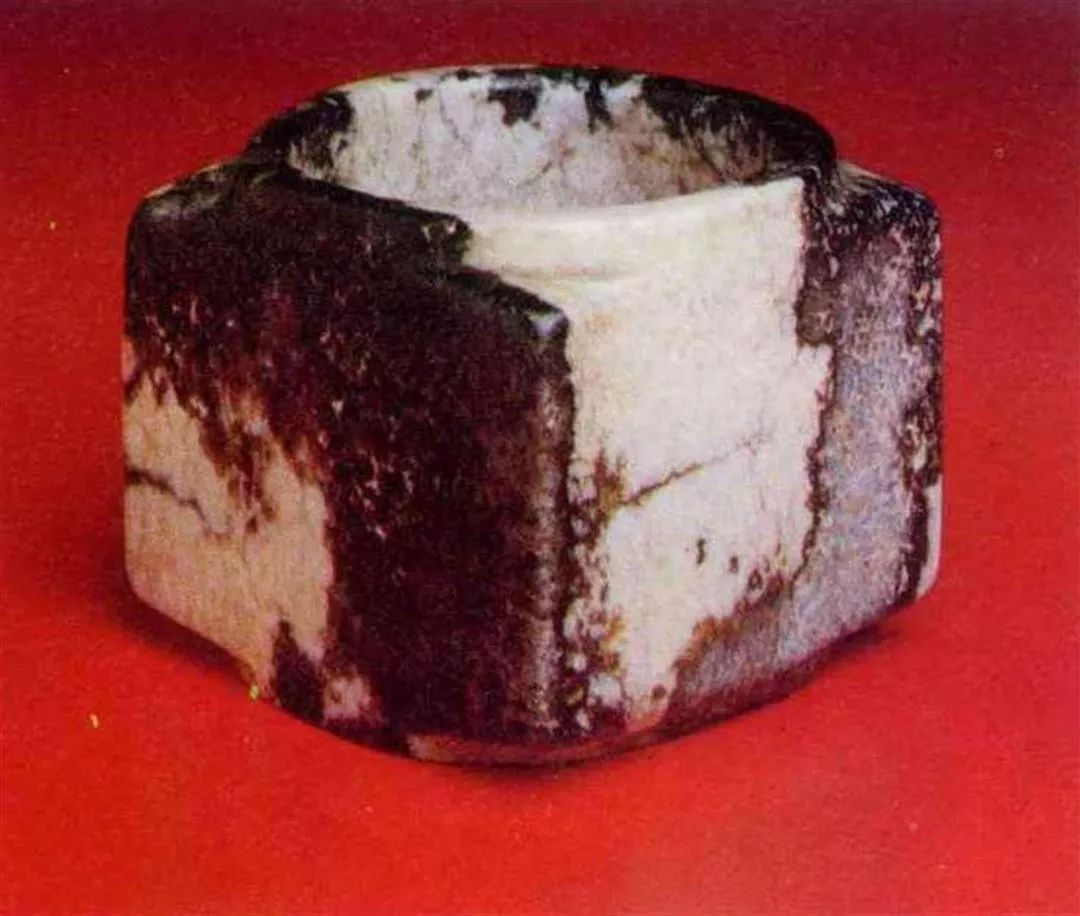
Quicksilver-permeated jade cylinder, Chou Dynasty. This vessel was used in rituals worshipping the Earth.
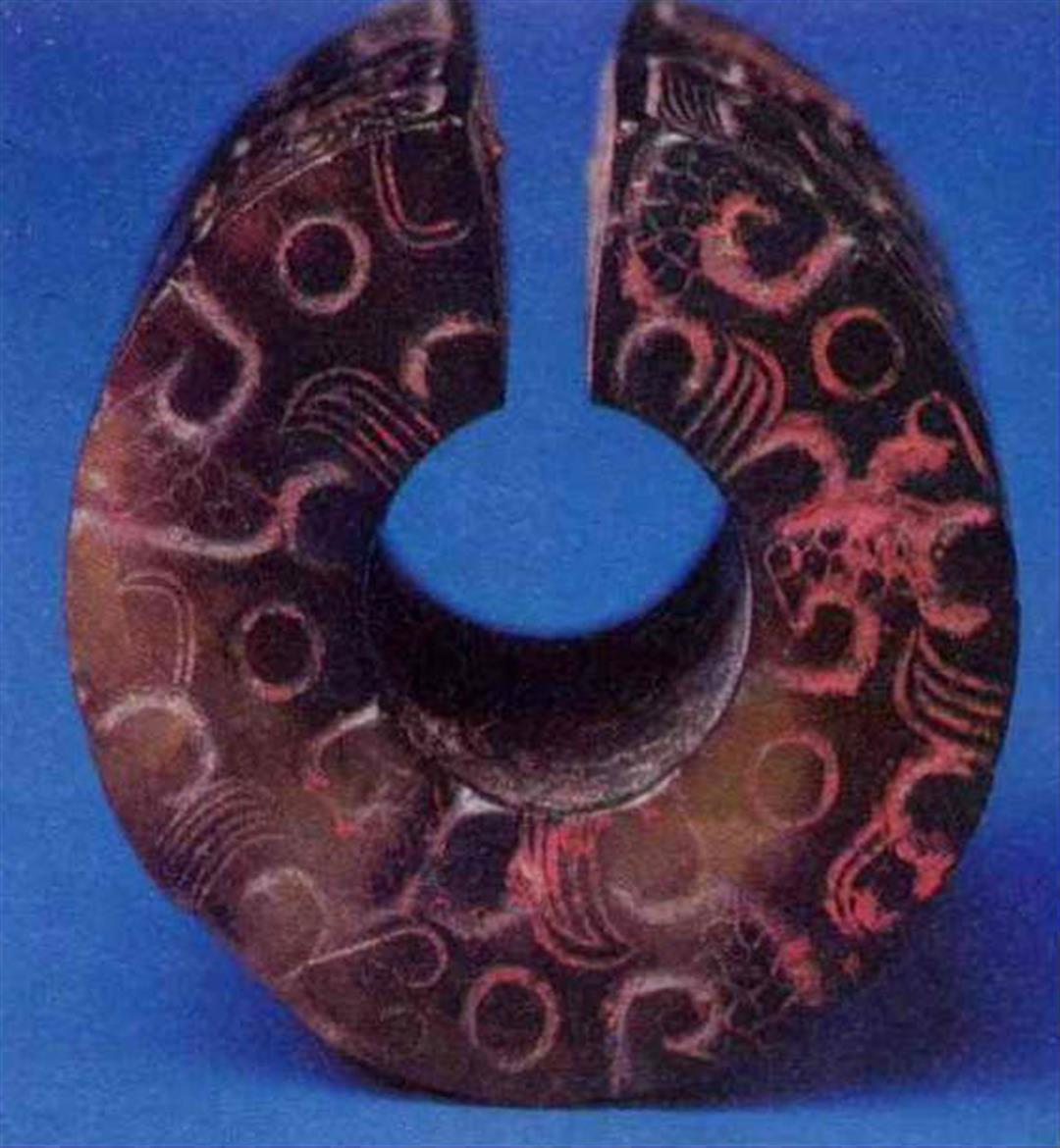
Jade hoops for pulling bowstrings, Chou Dynasty. Such hoops were also used as a symbol of authority by the emperor.

Jade pig, buried in caskets with the dead.
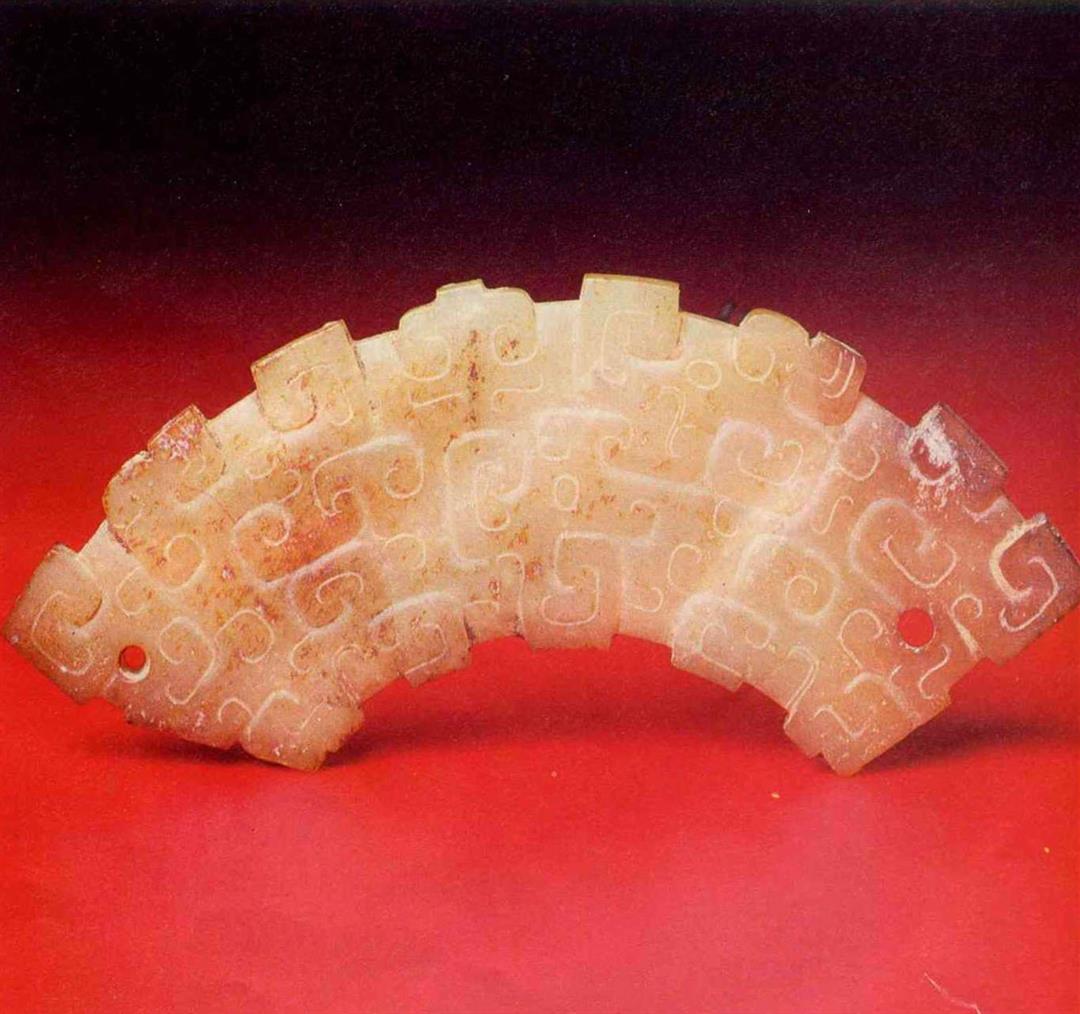
Arch-shaped girdle ornament. When worn it causes a noise, said to warn gentlemen to behave.
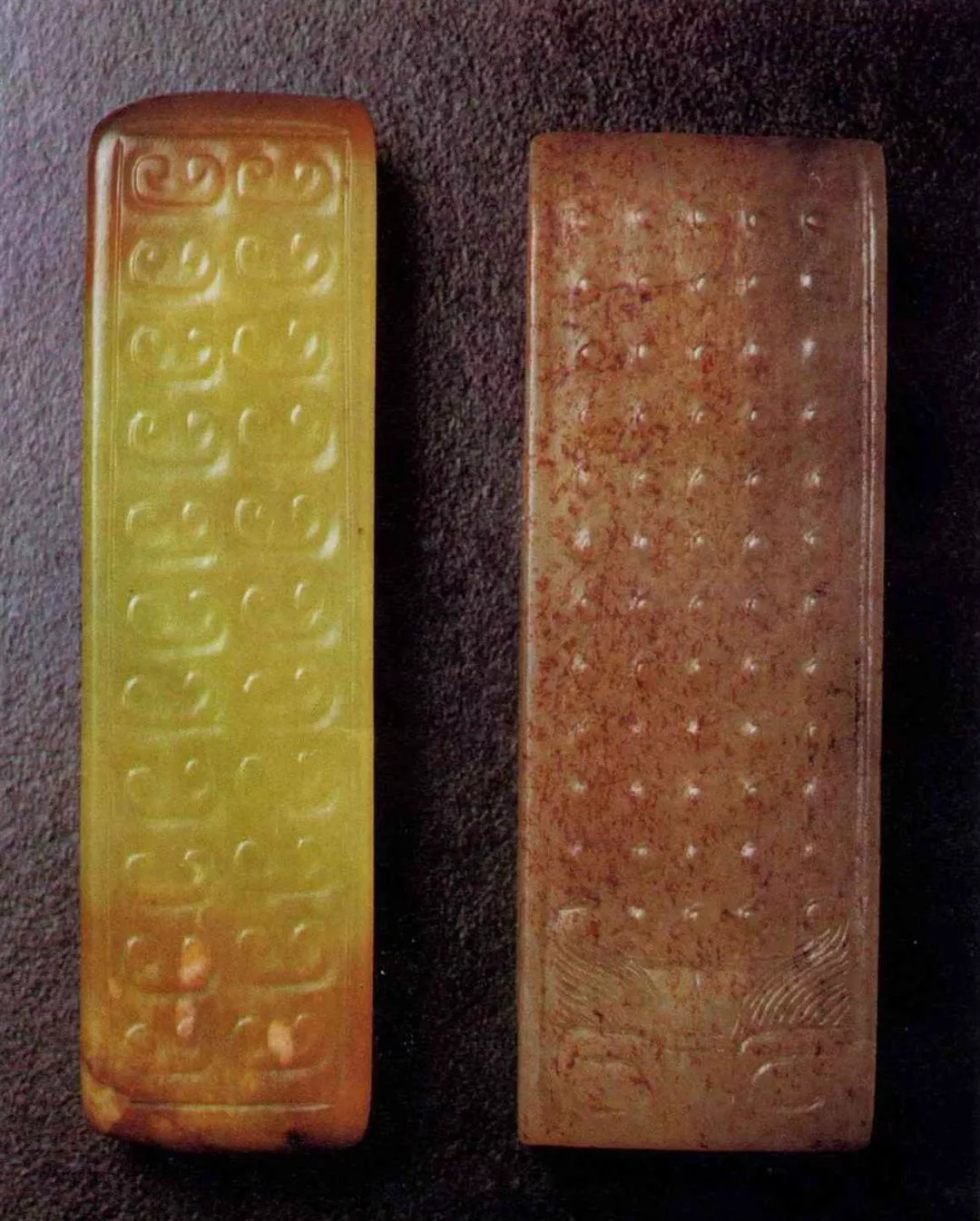
Jade scabbard decoration. One could also thread the hole in the middle with a leather string, and wear the piece on the body.